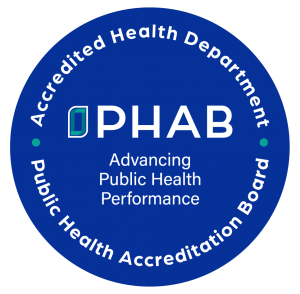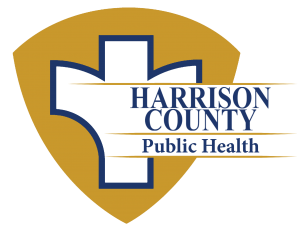Keep Your Chicken Wings in the Big Game
By: PUBLIC AFFAIRS SPECIALIST KENNETH KING, USDA-FSIS
—————————————————————————————-
When it comes to food safety during the big game, you can’t just wing it. Chicken wings are one of the most popular foods to eat during the Super Bowl, and USDA has some tips to keep foodborne illness from intercepting your Super Bowl Sunday.
Should We Pass on Washing Raw Chicken?
USDA recommends against washing your raw poultry to help minimize the spread of bacteria; however, if you do wash your raw chicken wings, please remember to fully clean and sanitize surfaces that may have come in contact with raw juices, like your sink, countertop, cutting board and utensils.
Don’t Get Penalized by Cross-Contamination
Avoid cross-contamination by separating your raw chicken wings from your ready-to-eat foods like chips and dips. Use separate serving spoons for each dip and sauce.
Bring Your Food Thermometer to the Big Game
Chicken wings must be cooked to the safe internal temperature of 165 F, as measured with a food thermometer. To measure correctly, insert the food thermometer into the thickest part of the wing and avoid the bone. If a wing has not reached 165 F, cook the wings longer until they reach a safe internal temperature.
Don’t Leave Your Chicken Wings on the Sidelines
Place your chicken wings and other perishable foods back into the refrigerator in small, shallow containers within two hours of them sitting at room temperature. After two hours in the Danger Zone, bacteria can reach dangerous levels, making you sick. If you’re serving chicken wings on game day, you can avoid the Danger Zone and keep them hot by placing them in a preheated oven, warming tray, or slow cooker.
For more information, call the USDA Meat and Poultry Hotline at 1-888-MPHotline (1-888-674-6854) or email MPHotline@usda.gov to reach a food safety expert from 8 a.m. to 6 p.m. Eastern Time. Chat with us live at www.ask.usda.gov 10 a.m. to 5 p.m. Eastern Time, Monday through Friday. Visit My Plate | U.S. Department of Agriculture to learn about healthy portions for your next meal.

